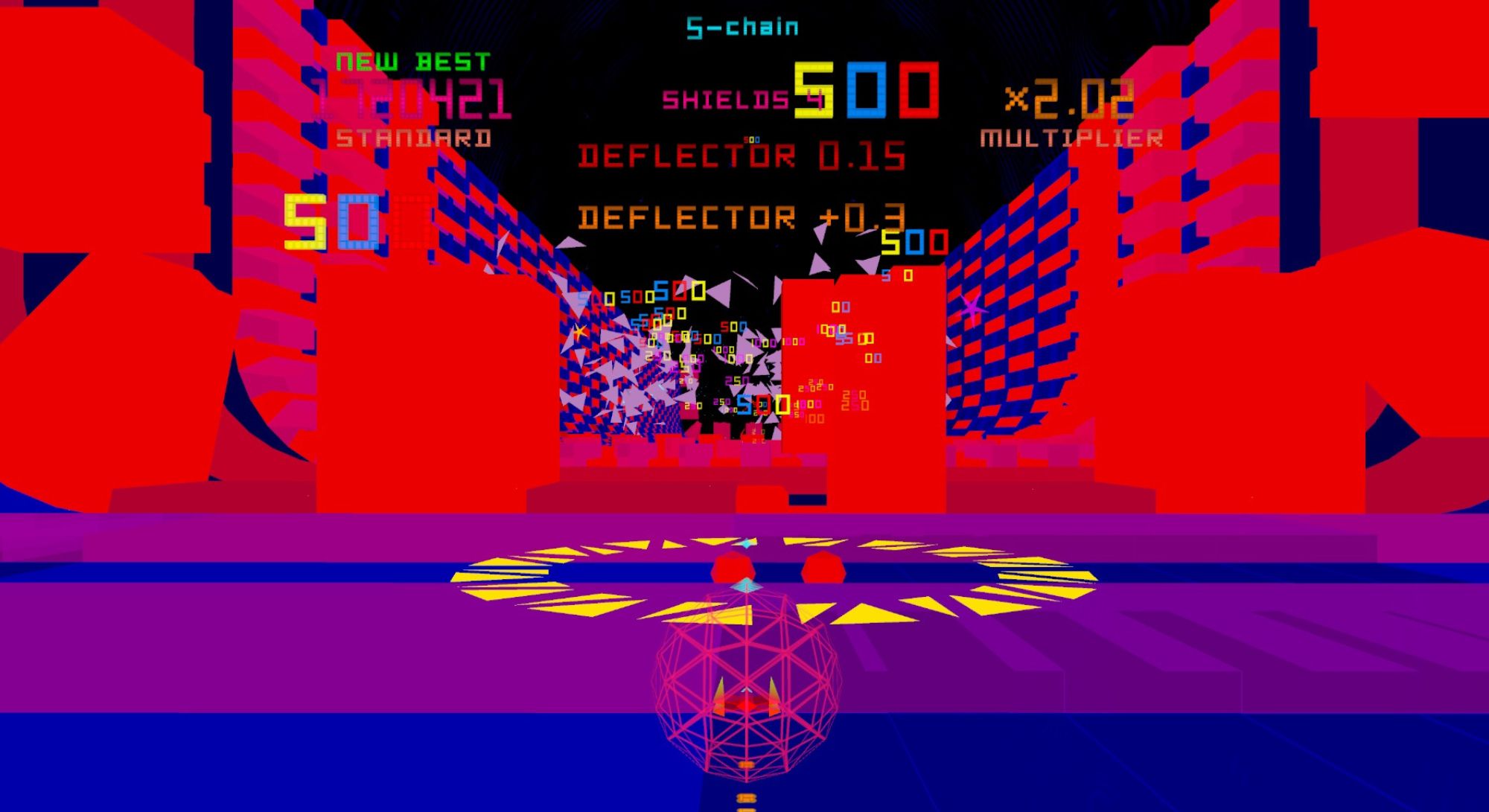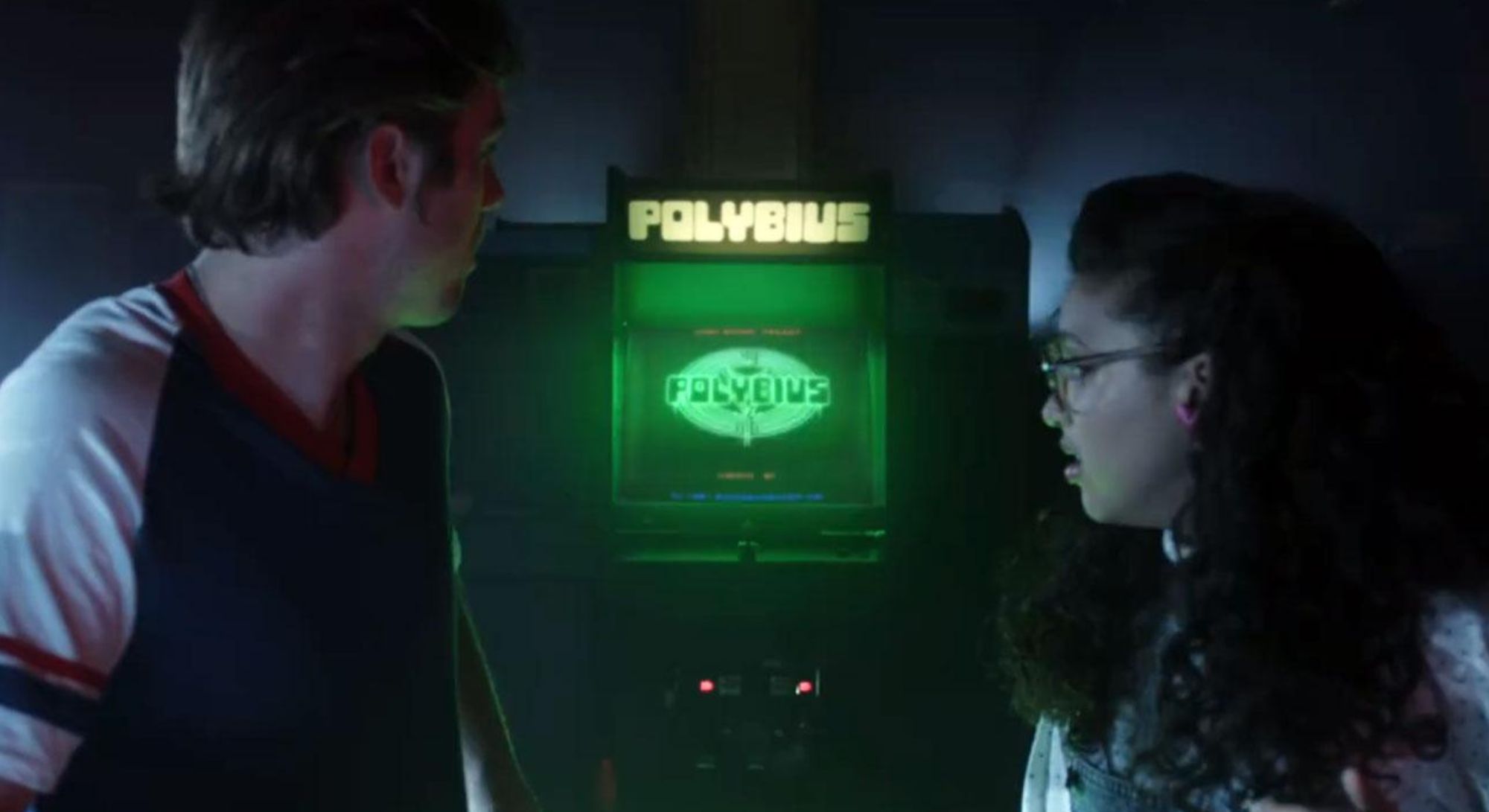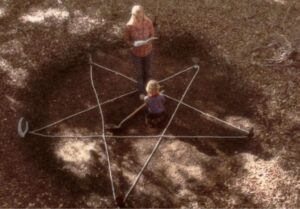
In the annals of gaming history, few mysteries loom as large as that of Polybius. Polybius, a legendary arcade game said to have appeared in the early 1980s, has become the stuff of urban legends and conspiracy theories.
Greetings, gamers and conspiracy theorists alike! Today, we embark on a journey into the depths of gaming lore to uncover the truth behind the legendary arcade game, Polybius. Was it a mind-control experiment, a government conspiracy, or simply a figment of our collective imagination?
Join us as we delve into the dark and mysterious world of Polybius, separating fact from fiction and unraveling the truth behind one of gaming’s greatest enigmas.
The Legend of Polybius
“Polybius” is the name associated with an urban legend about an arcade game that supposedly existed in the early 1980s. According to the legend, Polybius was an arcade game that appeared in select arcades around Portland, Oregon, in 1981. The game allegedly had mysterious effects on players, including causing nausea, amnesia, nightmares, and even purportedly leading some players to commit suicide.
The story goes that men in black suits would periodically visit the arcades to collect data from the game, which fueled rumors that the game was part of a government experiment in mind control or behavior modification.
However, there is no concrete evidence to support the existence of Polybius. No arcade cabinets or records of the game have ever been found, and the story appears to have originated in internet forums in the early 2000s. It’s widely believed to be an urban legend or a piece of creepy pasta; fictional horror stories circulate online.
Despite its likely fictional origins, Polybius has captured the imagination of many gamers and urban legend enthusiasts, and it continues to be a topic of discussion and speculation within gaming and internet culture. The legend has even inspired the creation of indie games and documentaries exploring the myth and its cultural impact.
As rumors of this Legendary Arcade Game spread, so too did tales of its sinister origins. Others thought it was the result of extraterrestrial life, while others claimed it was a government experiment in mind control. But the truth remained elusive.

The Investigation
Over the years, numerous investigations have been launched in an attempt to uncover the truth behind Polybius. From amateur sleuths to seasoned journalists, everyone wanted to crack the code of gaming’s greatest mystery.
People have seen fair share of conspiracy theories, but Polybius was unlike anything anyone ever encountered. Cops received countless tips and leads, but every trail led to a dead end. It was as if the game didn’t want to be found.
Despite the lack of concrete evidence, the legend of Polybius continued to thrive in the digital age. Internet forums buzzed with speculation, and conspiracy theories flourished, each more outlandish than the last.
The Reality
But what is the truth behind Polybius? Was it a government experiment, a hoax, or simply a case of mass hysteria? The answer, it seems, is far more mundane than the legend would have us believe.
The truth is that Polybius was likely nothing more than a case of collective hysteria fueled by the media and gaming culture of the time. The intense gameplay and flashing lights common in arcade games of that era can be the cause of the reported side effects.
So, there you have it: the truth behind the Legendary Arcade Game, ‘Polybius’. While the legend may never die, it serves as a cautionary tale about the power of urban legends and the human capacity for belief in the extraordinary.
Games Like Polybius
Here are some mysterious games like Polybius, each with its own intriguing legend and enigmatic background:
Killswitch
According to reports, the Soviet gaming company Karvina Corporation created Killswitch in 1989. The game was a survival horror with an eerie, monochrome aesthetic. Players had to choose between two characters: Porto, a demon-girl, and Ghast, an invisible specter. The game’s legend states that once players completed the game, it would delete itself, leaving no trace of its existence. Only a handful of copies are rumored to have been made, and none are known to exist today.
Morrowind Mod: Jvk1166z.esp
The Morrowind mod ‘Jvk1166z.esp’ is a piece of gaming folklore said to be a cursed modification for the popular RPG ‘The Elder Scrolls III: Morrowind’. Players who installed the mod experienced strange and unsettling events within the game, such as NPCs dying in bizarre ways, a constantly ticking clock, and eerie whispers. Additionally, real-life players reported feeling unease, headaches, and having vivid nightmares. The mod supposedly corrupted the game’s files, making it impossible to remove without completely reinstalling the game.

Sad Satan
After appearing in a YouTube video by the channel “Obscure Horror Corner,” the game Sad Satan gained notoriety. The game, allegedly found on the dark web, is a disturbing horror experience filled with unsettling imagery, cryptic audio, and random acts of violence. Many speculate that the game was created as a form of psychological experiment or a way to expose players to hidden, deeply disturbing content. Its origins remain unknown, and many question whether it even exists in its purported form.
LSD: Dream Emulator
While not a myth, LSD: Dream Emulator is a real game released for the PlayStation in Japan in 1998. The game’s dreamlike, often surreal and unsettling atmosphere has contributed to its legendary status among gamers. Each playthrough generates random, bizarre experiences, with environments and encounters that shift dramatically. The strange, almost hallucinogenic nature of the game has spawned many urban legends and conspiracy theories about its purpose and the effects on those who play it.
Pale Luna
Pale Luna is an urban legend about a text-based adventure game from the 1980s. According to the story, the game is incredibly difficult, with cryptic and nonsensical commands. The legend states that one player managed to decode its strange directions, leading him on a real-life journey that ended with him discovering the buried remains of a murder victim. The game’s existence has never been confirmed, and it remains a topic of fascination and speculation.
Thank you for joining us on this journey into the world of gaming’s greatest mystery. Until next time, keep playing and never stop questioning.






